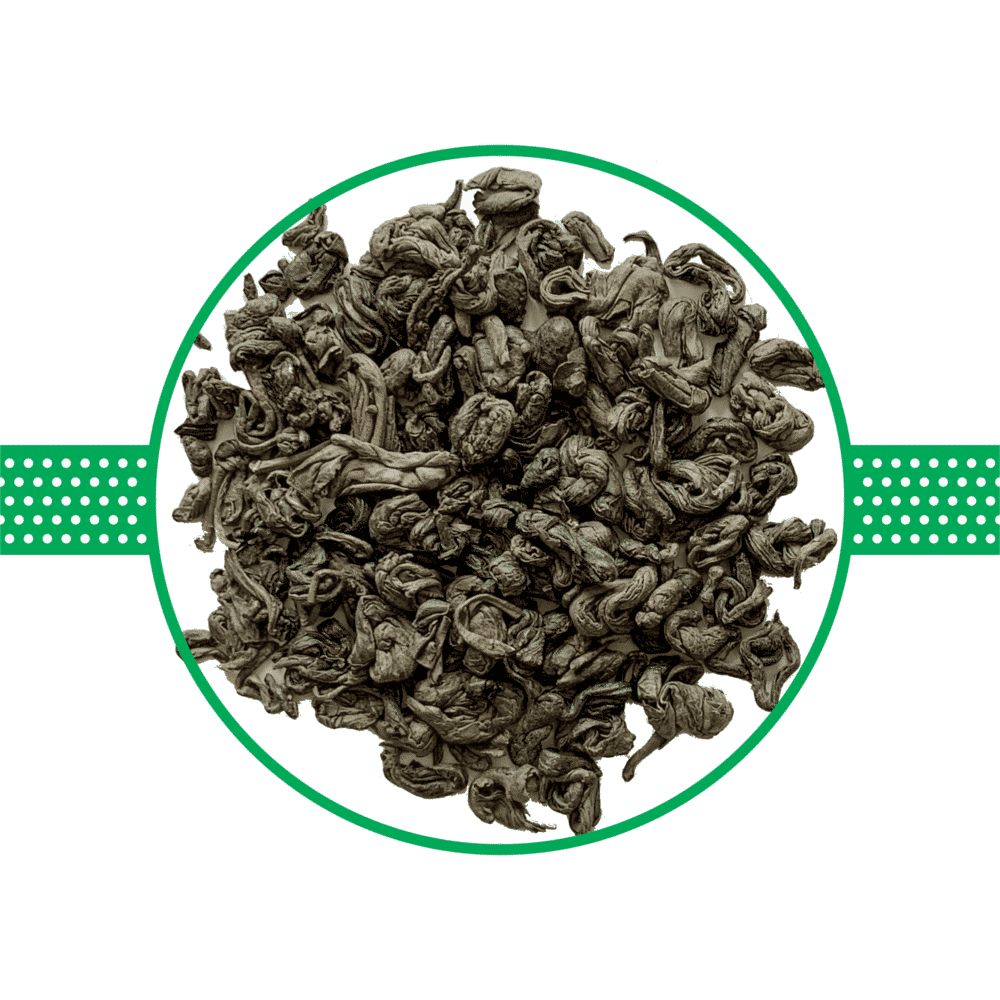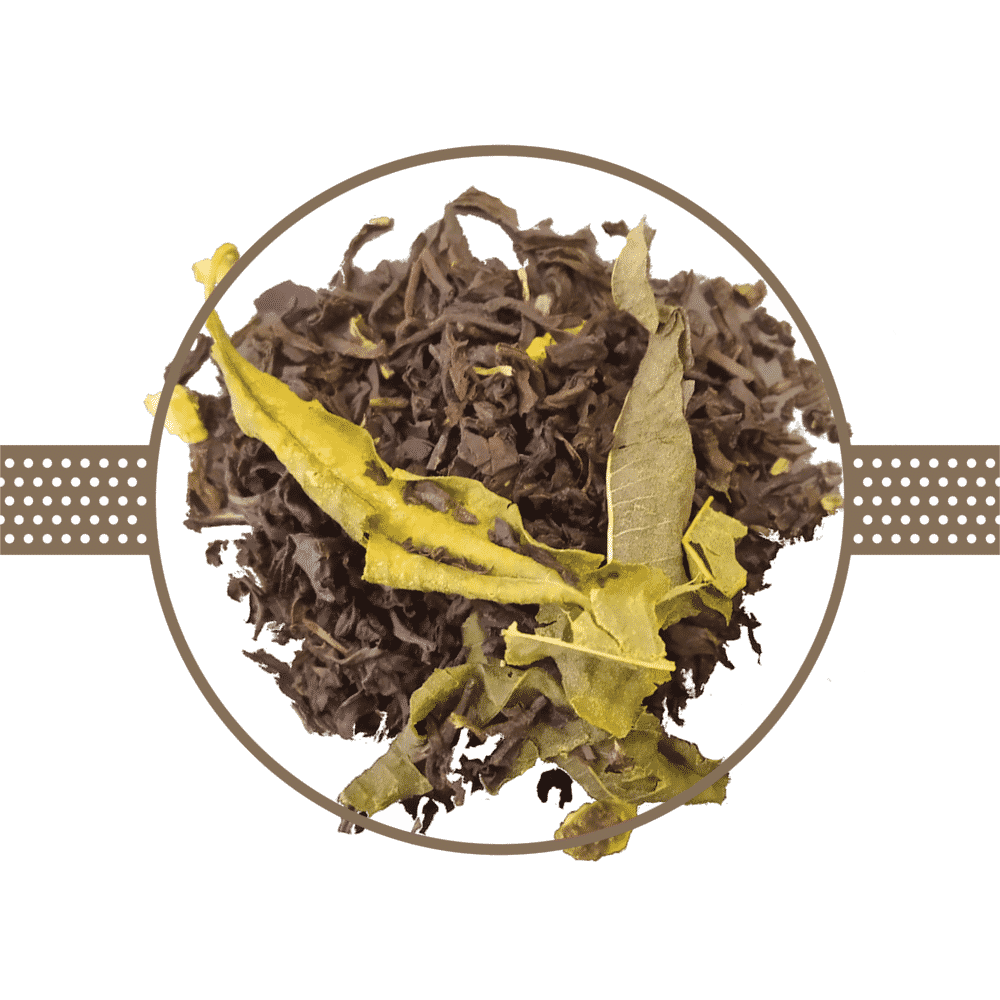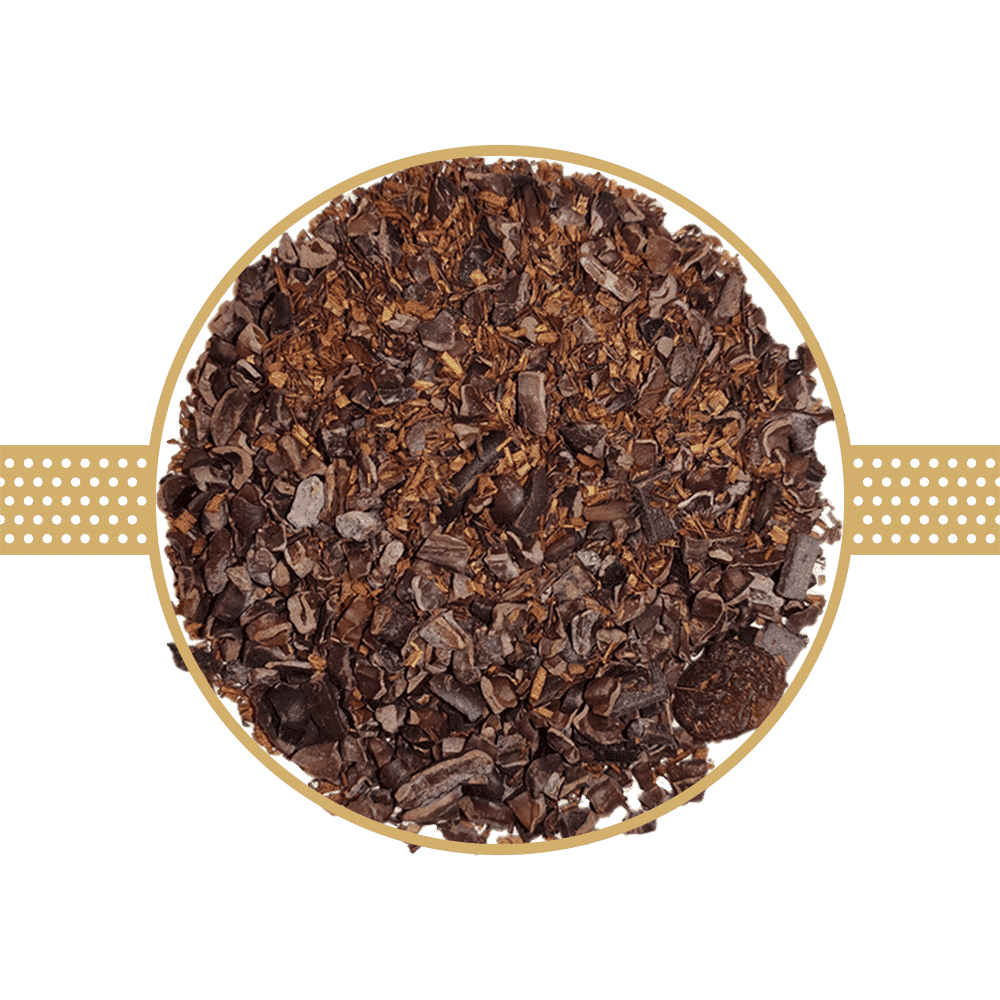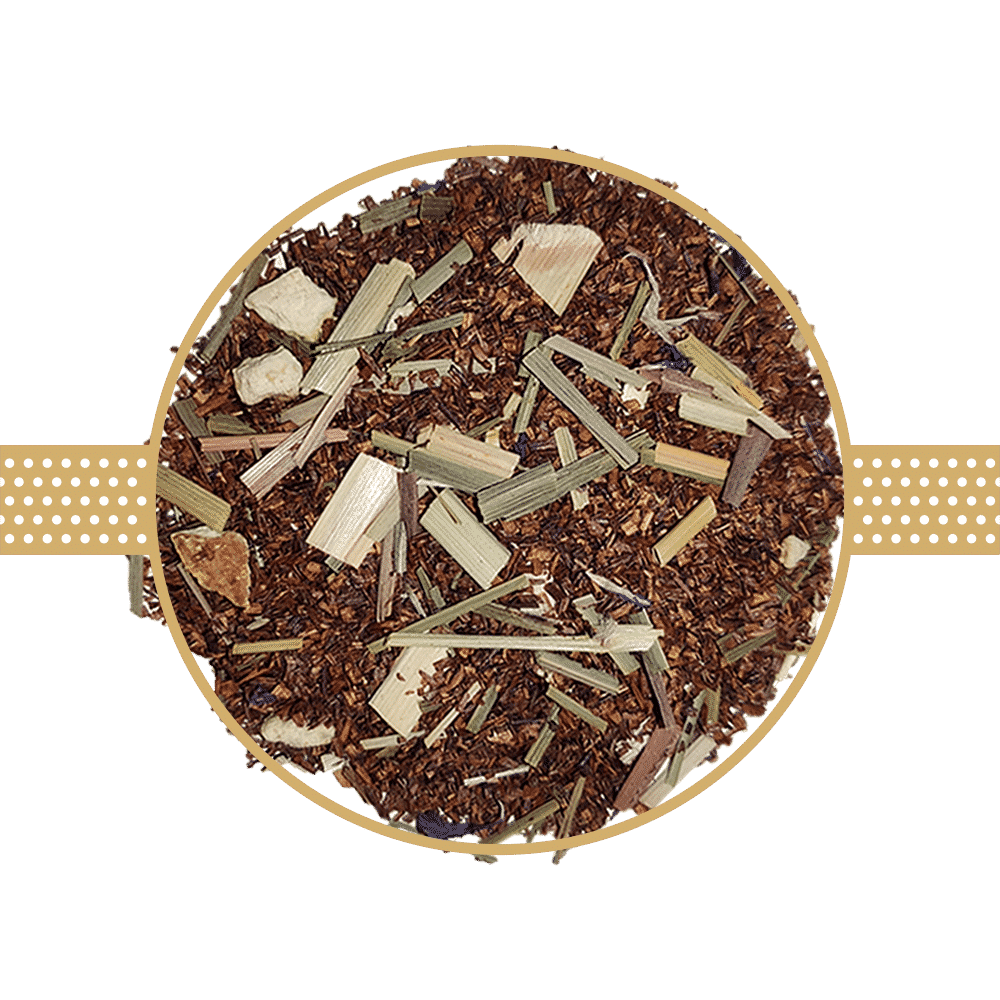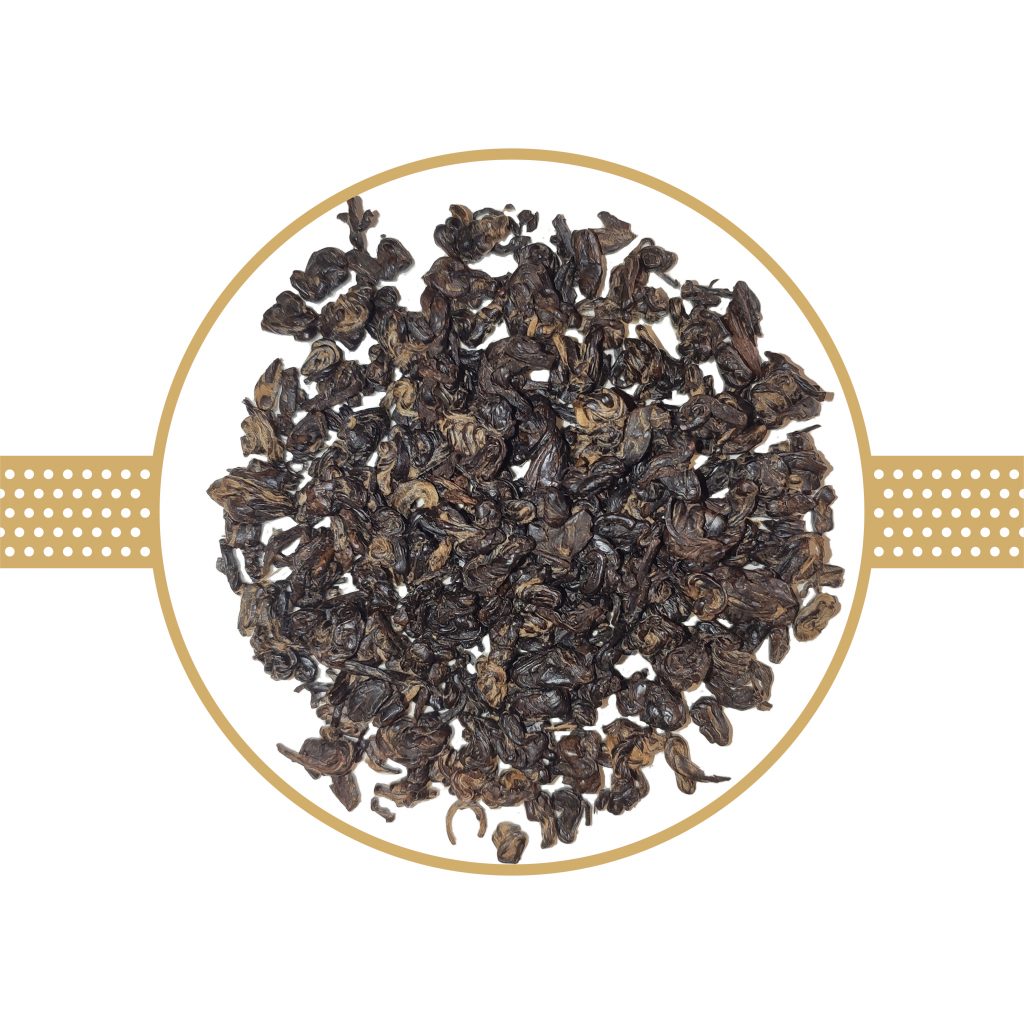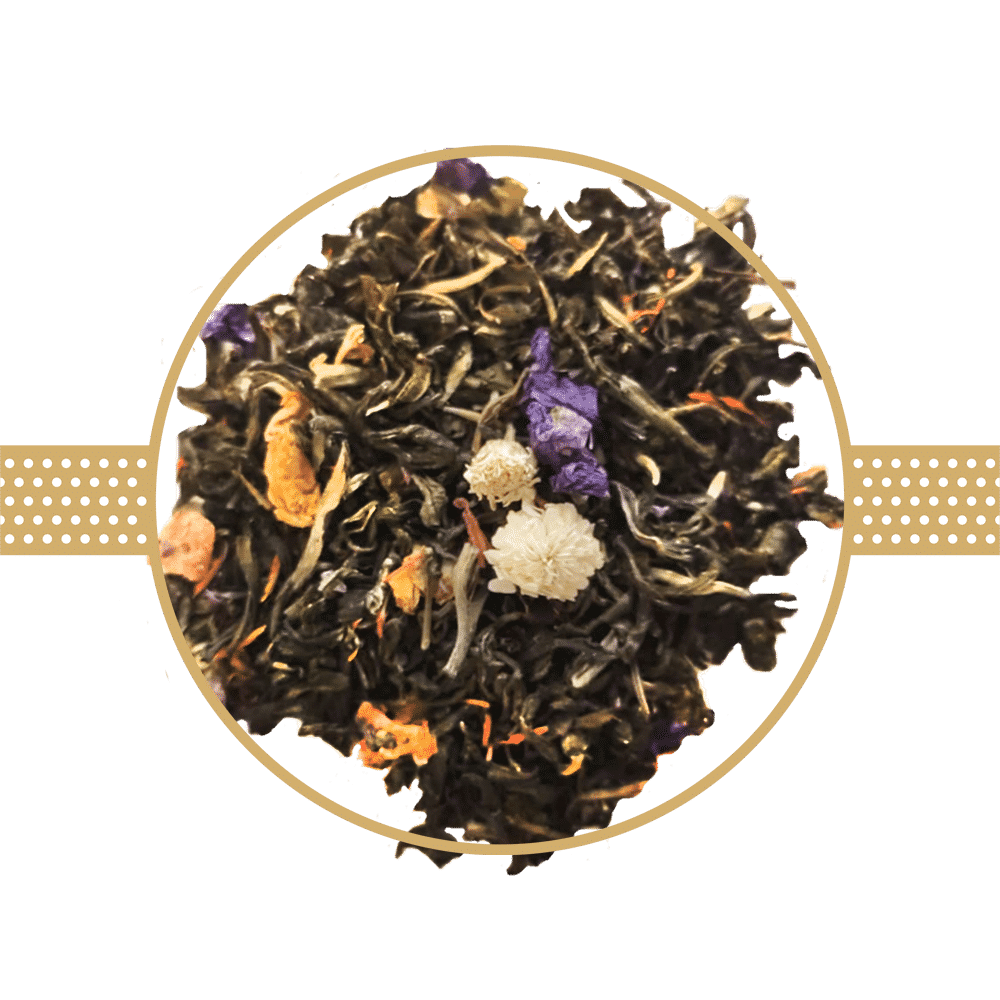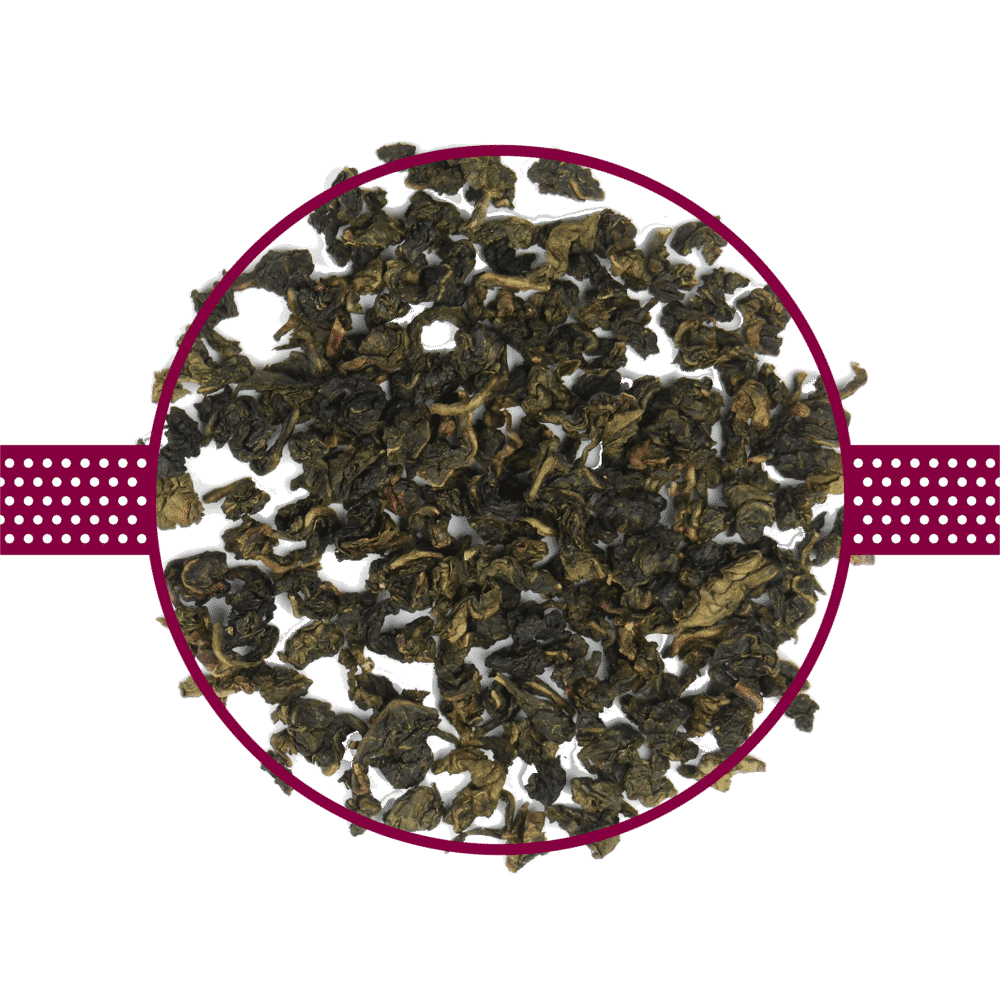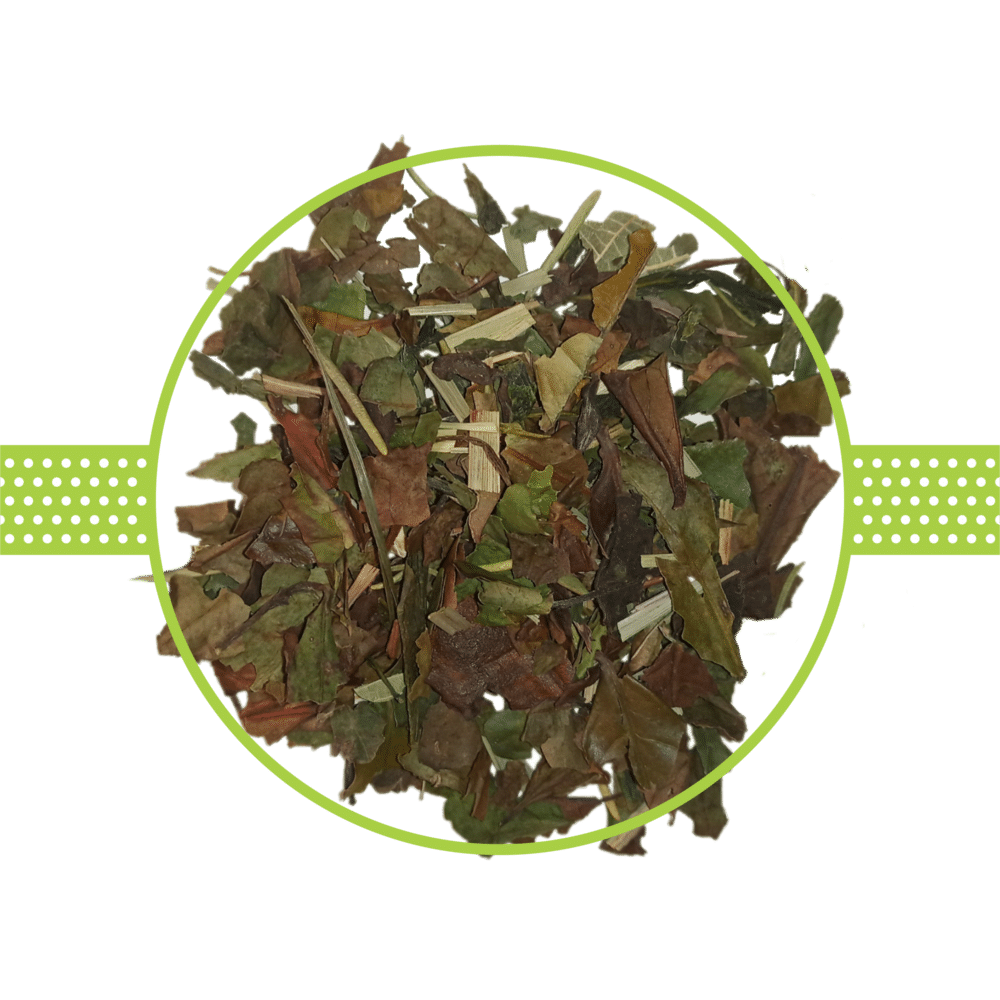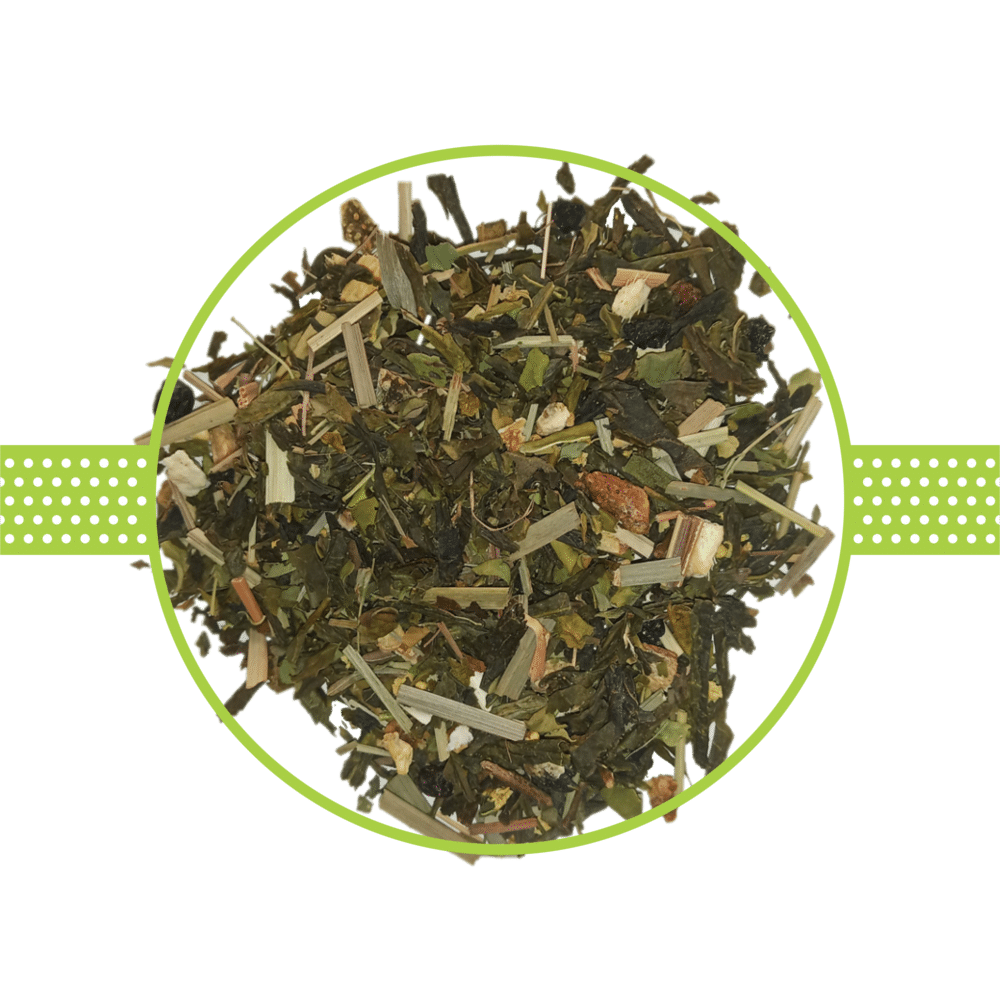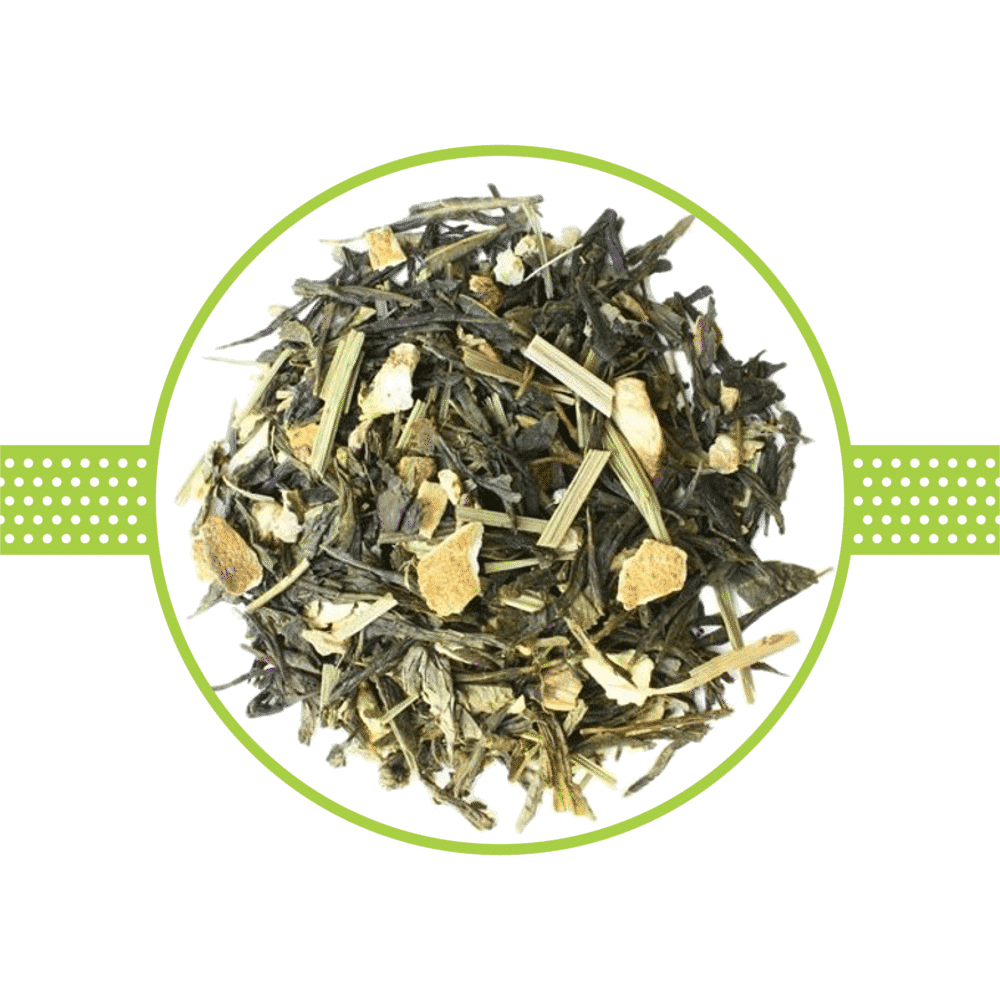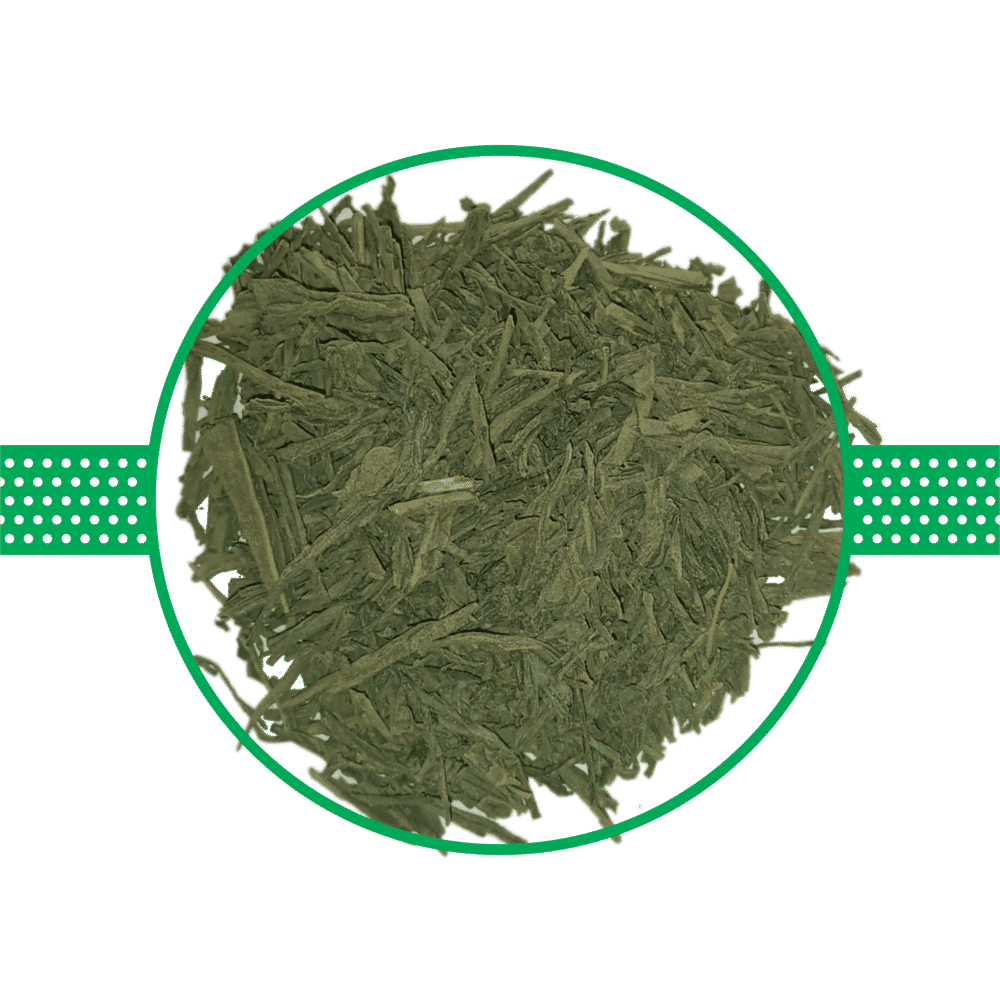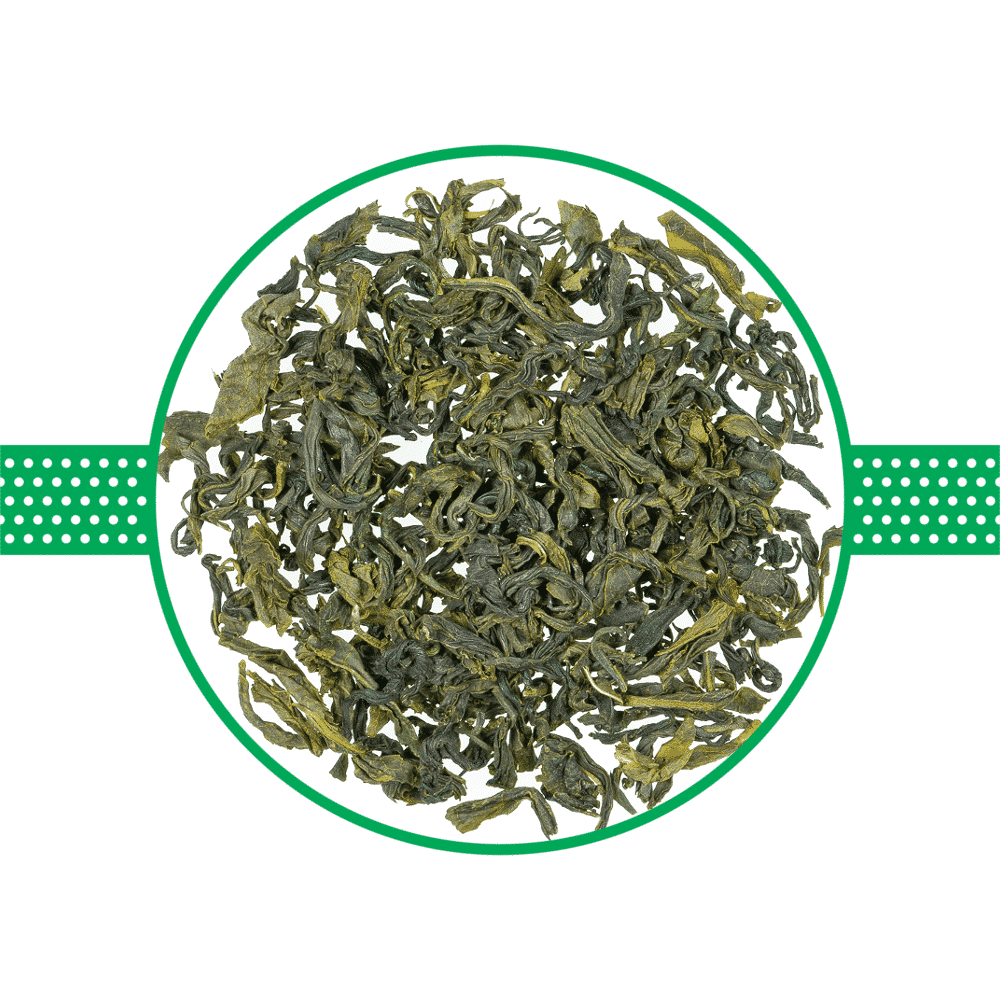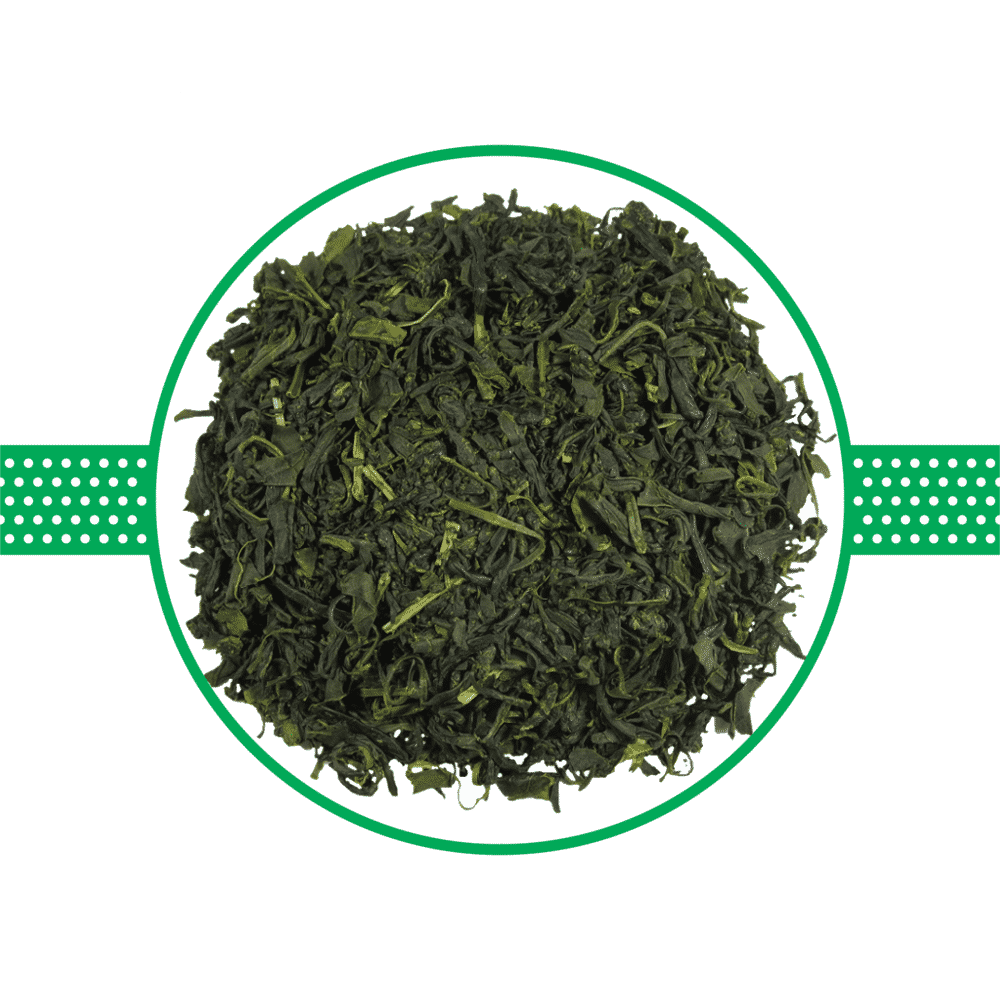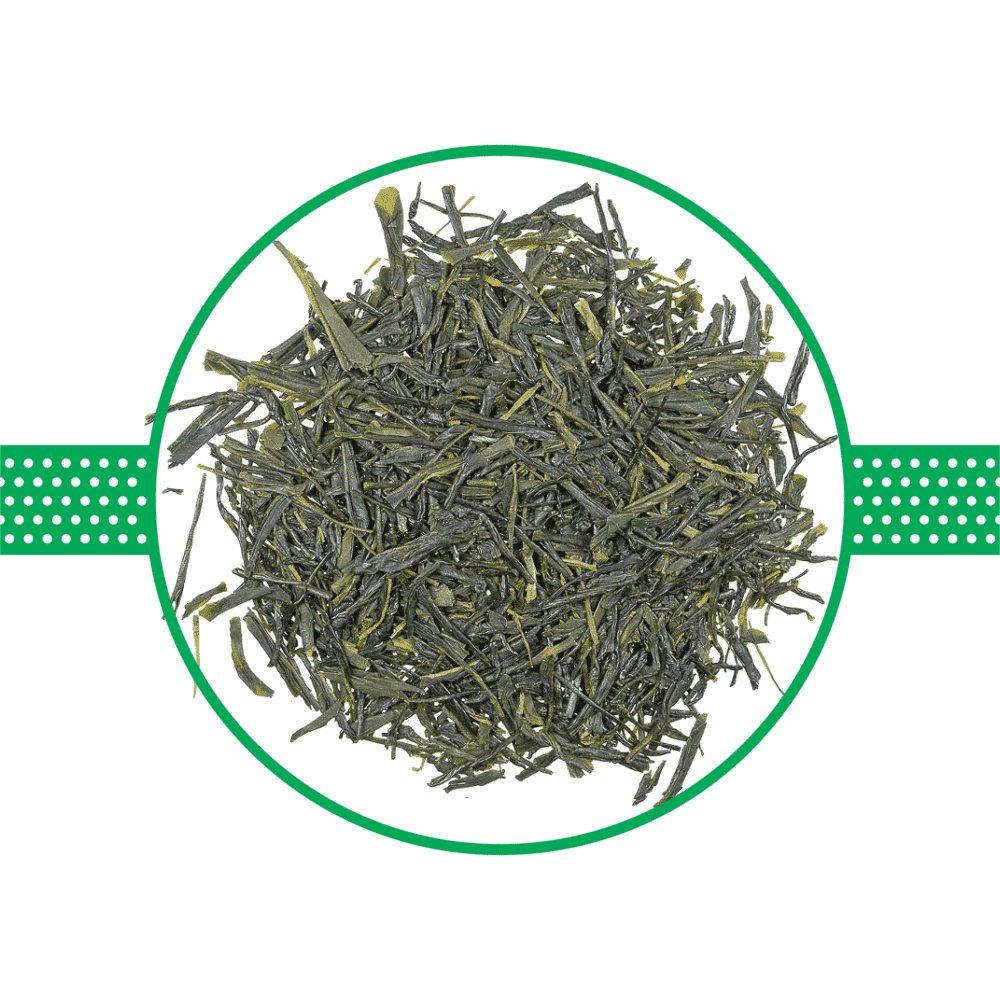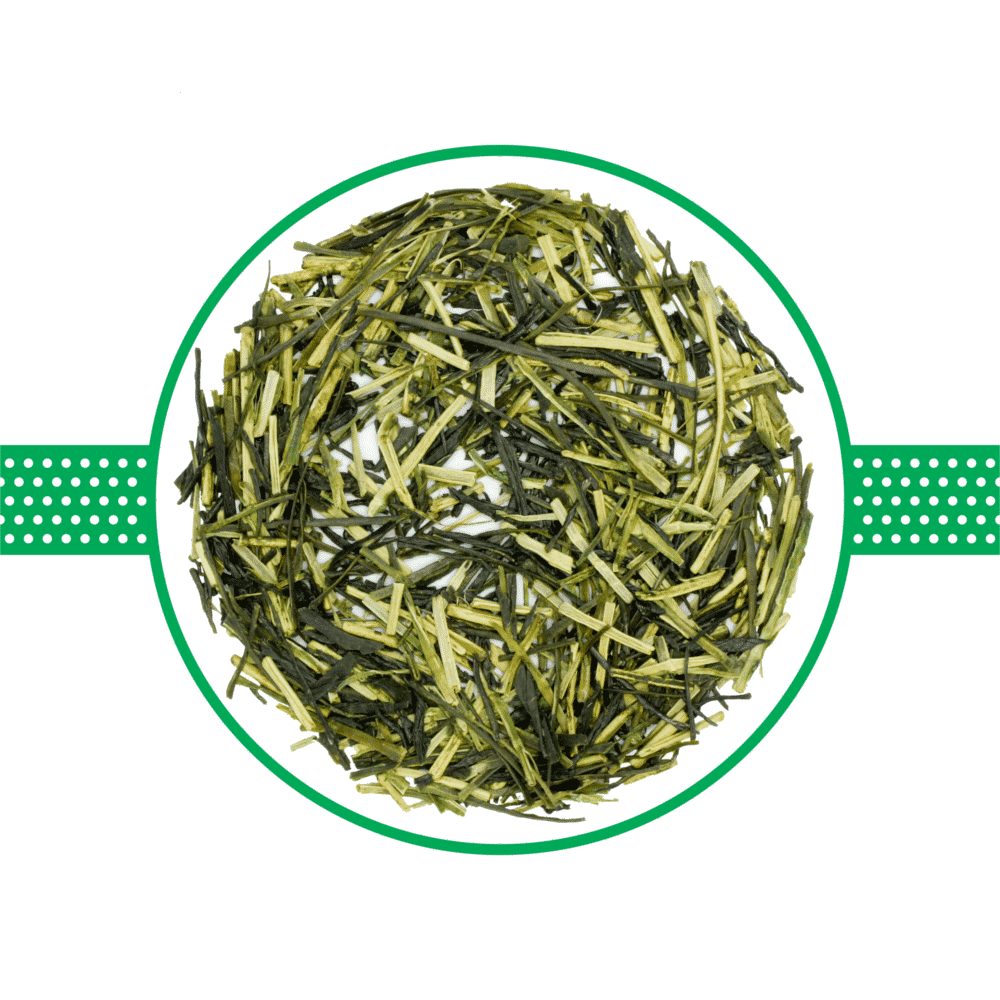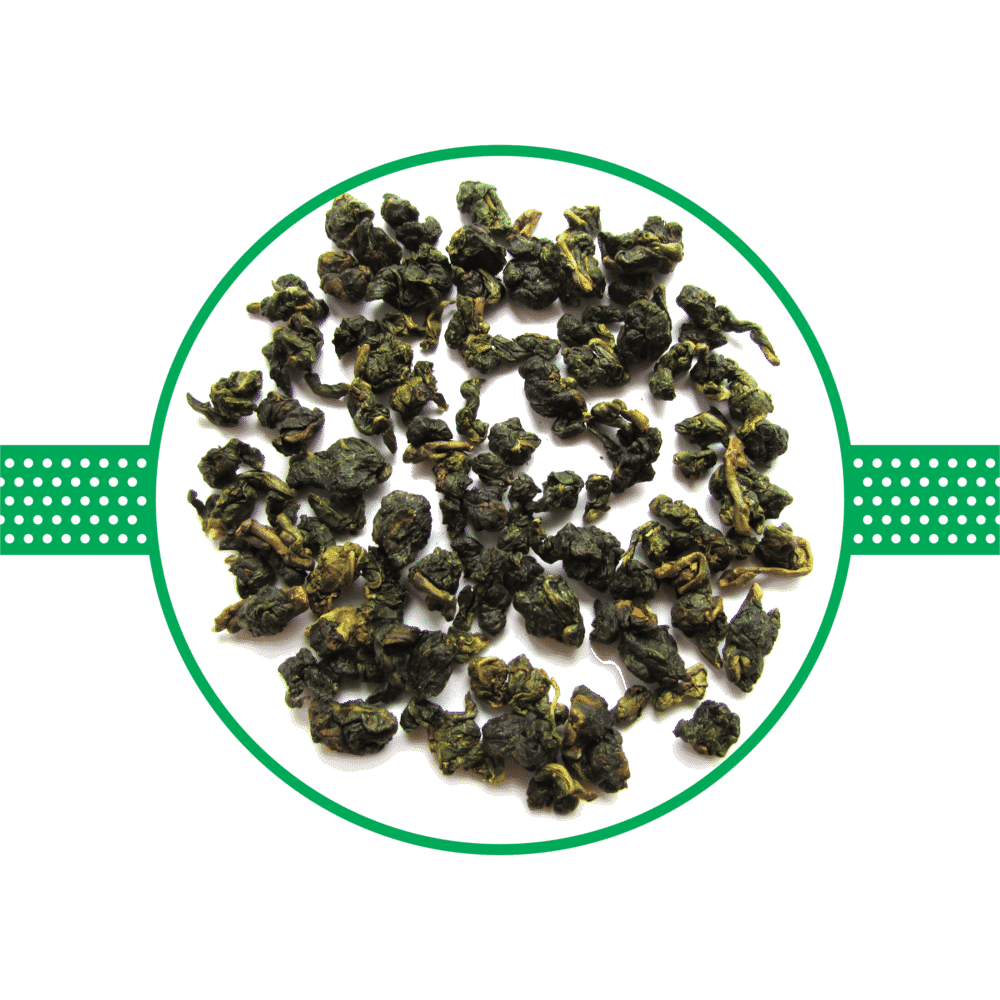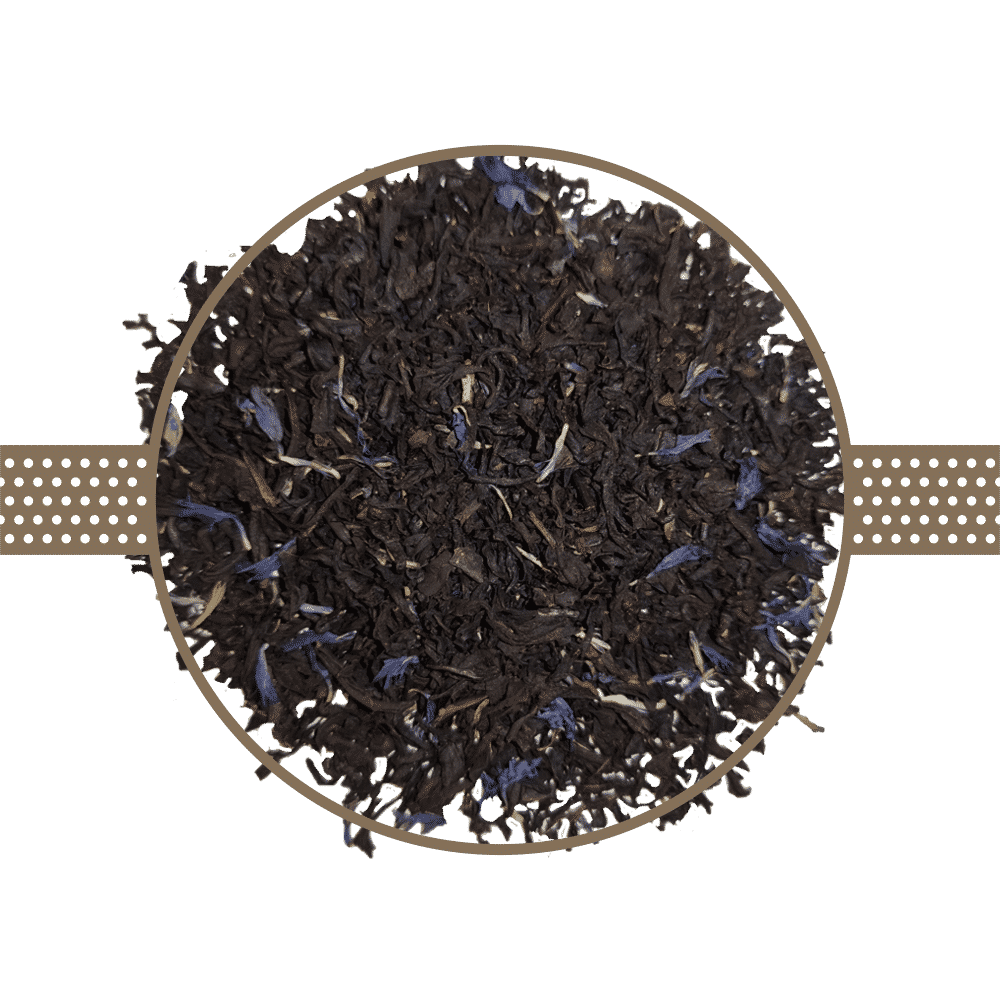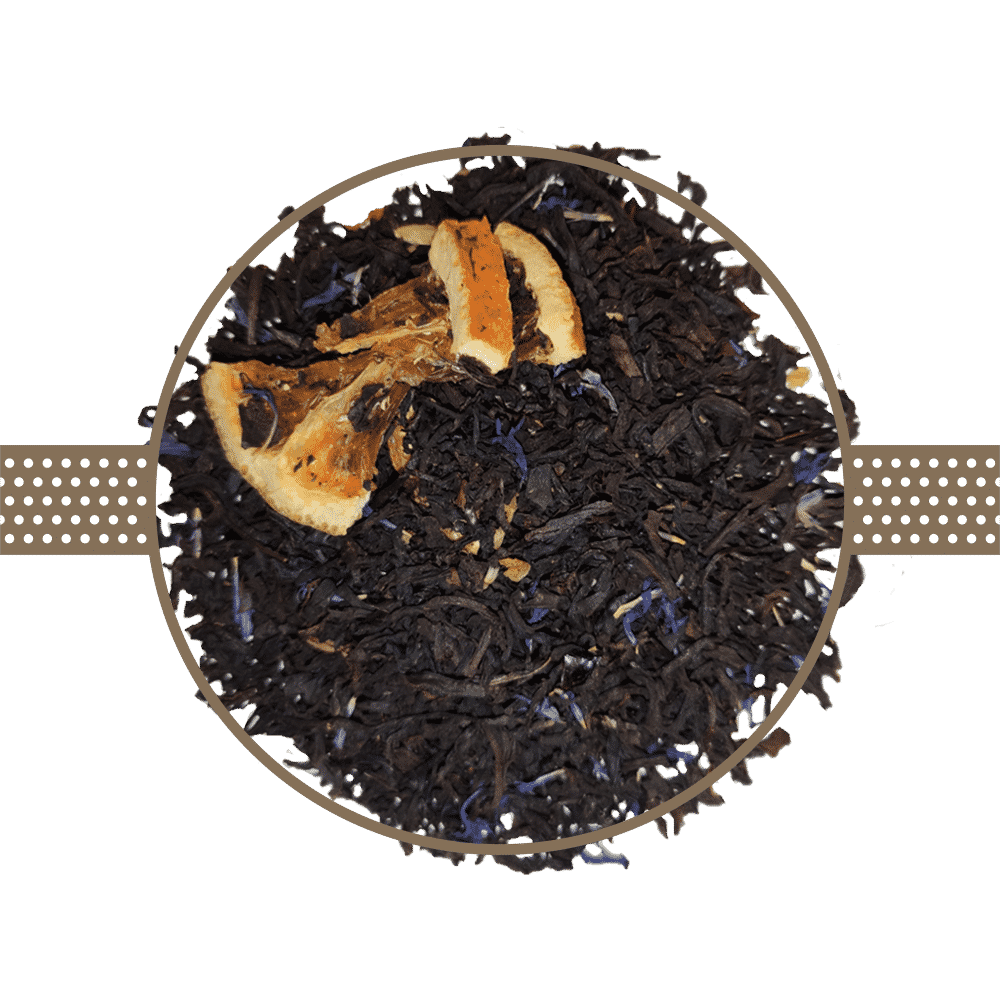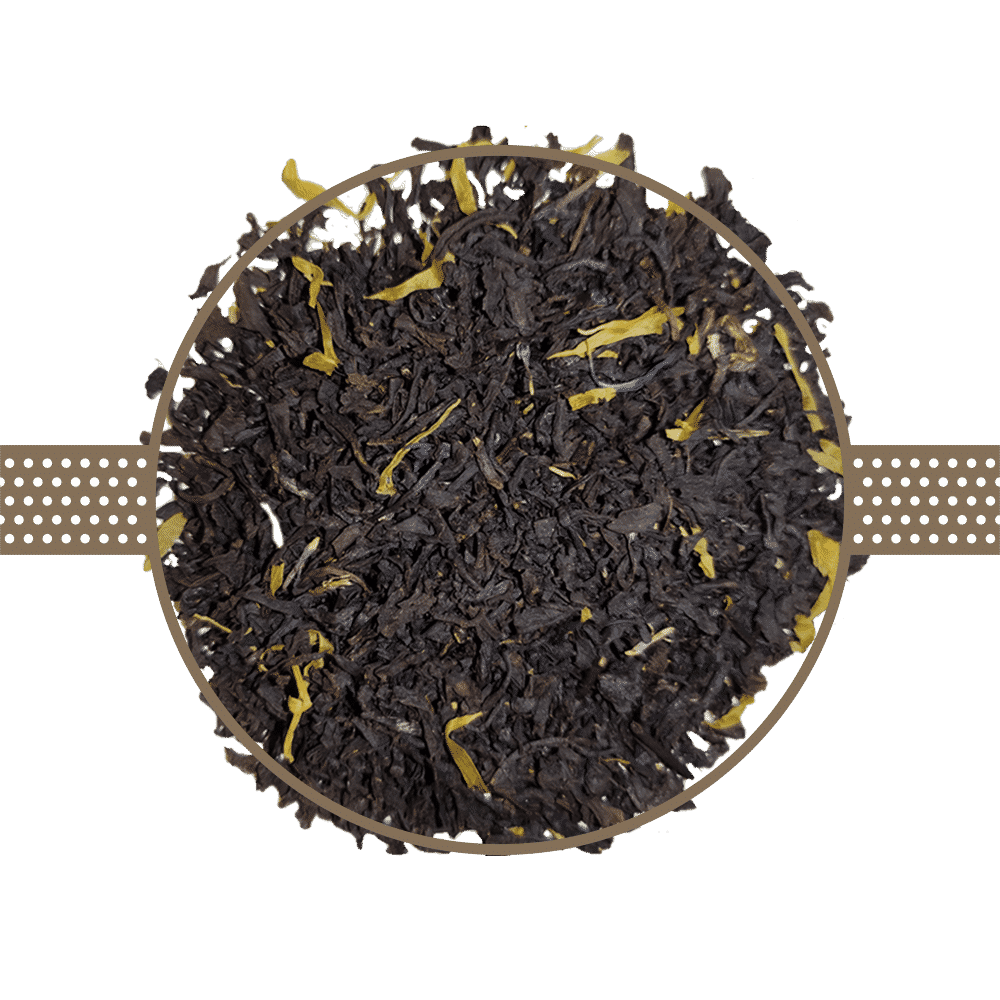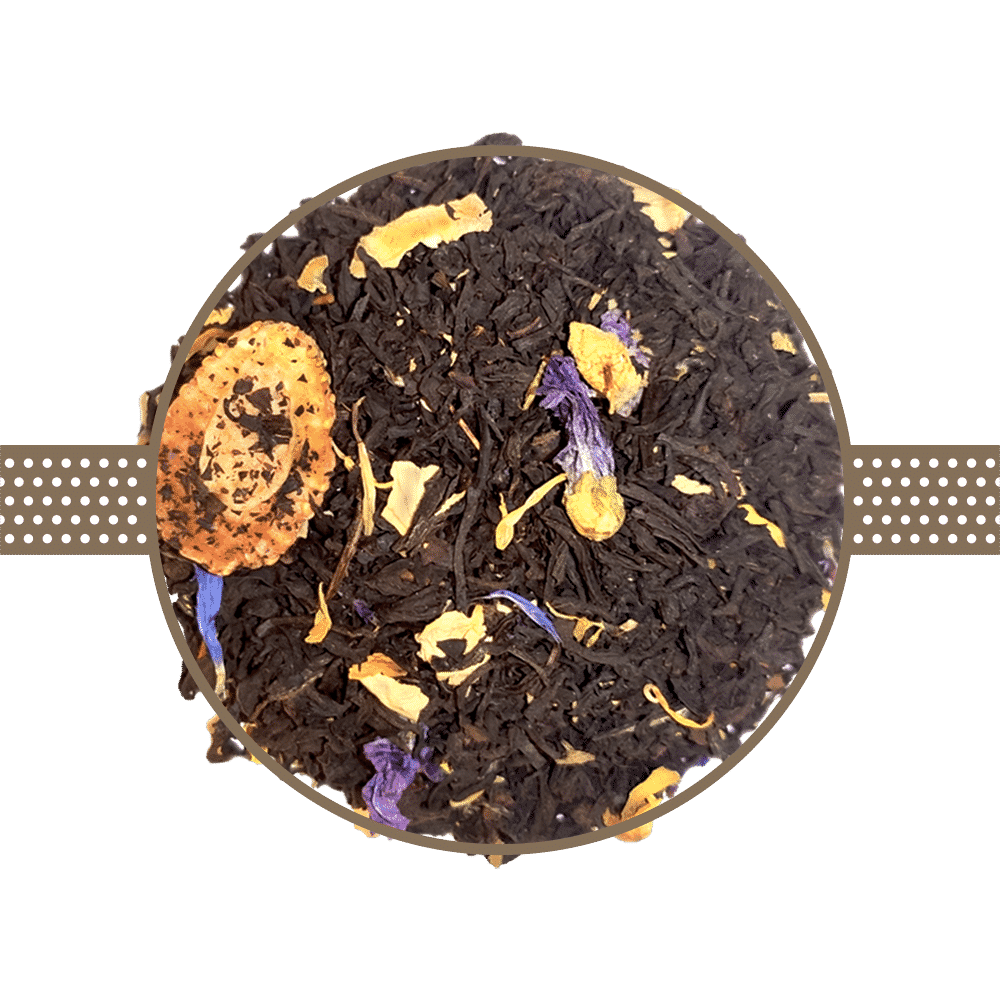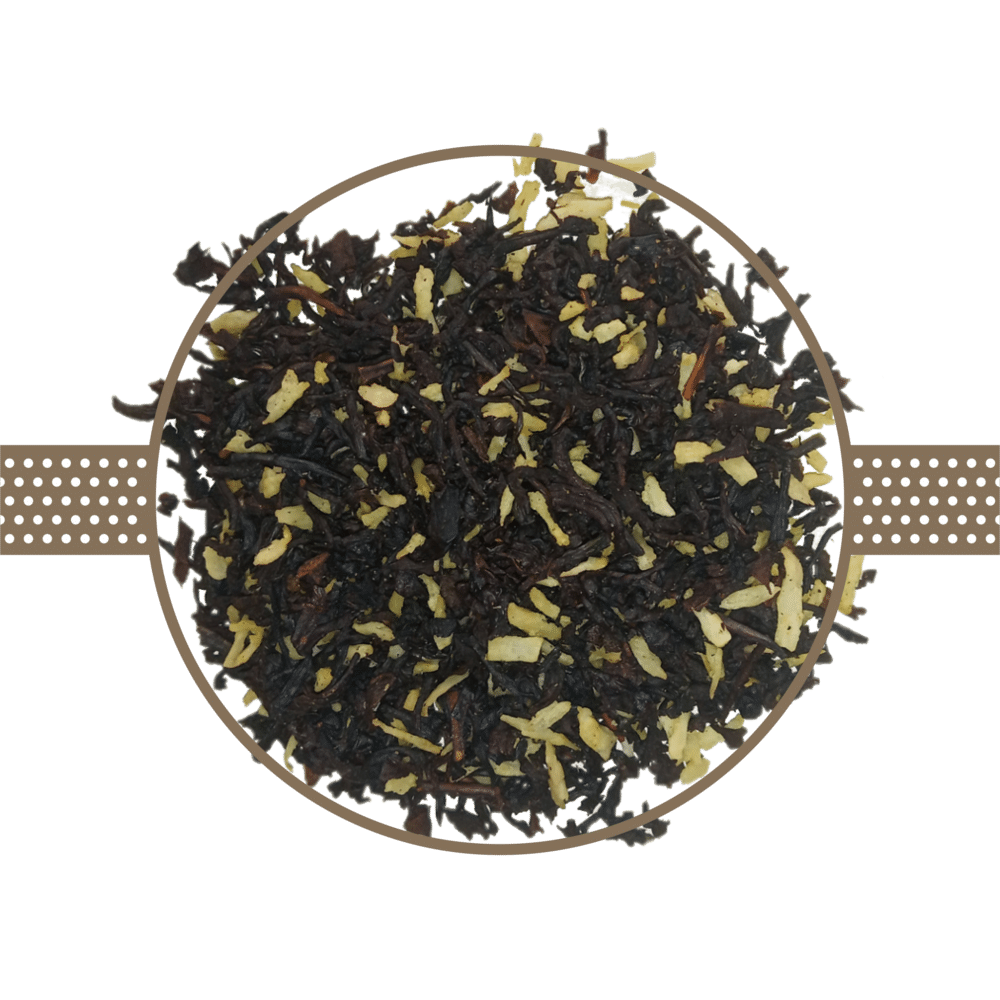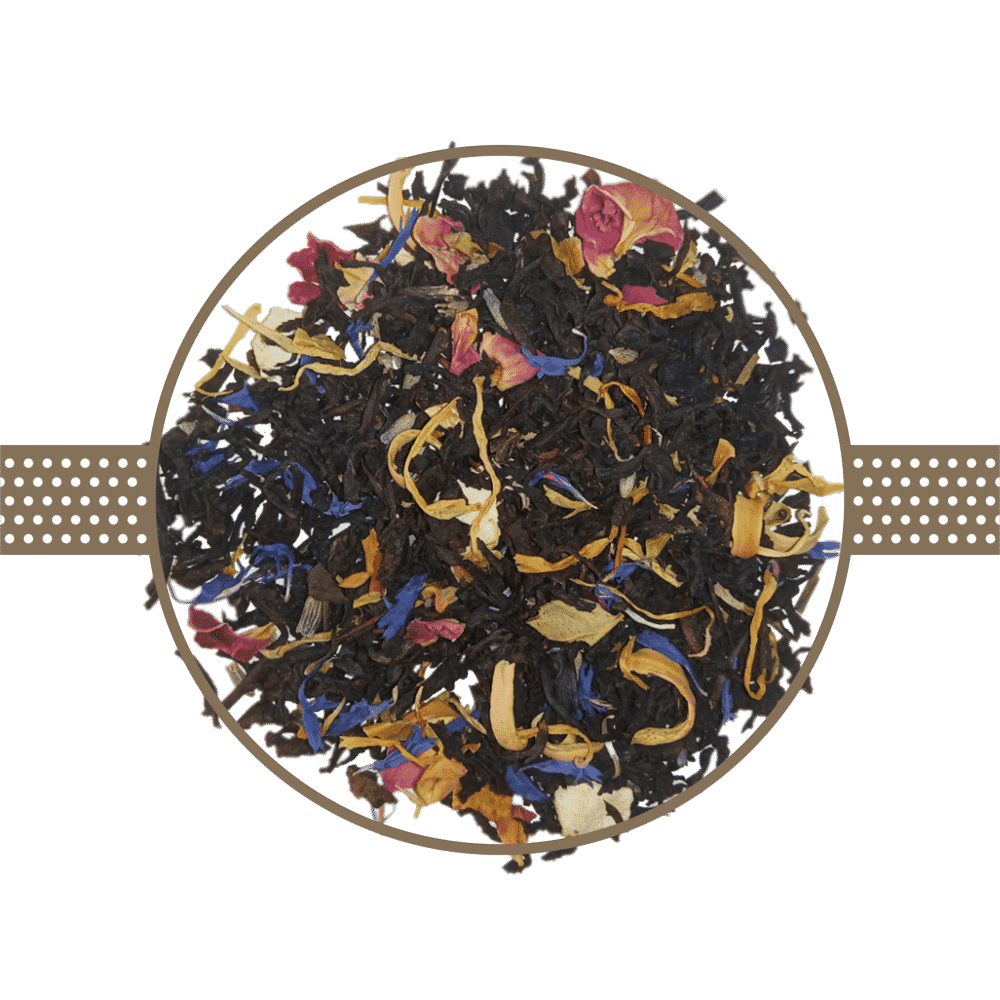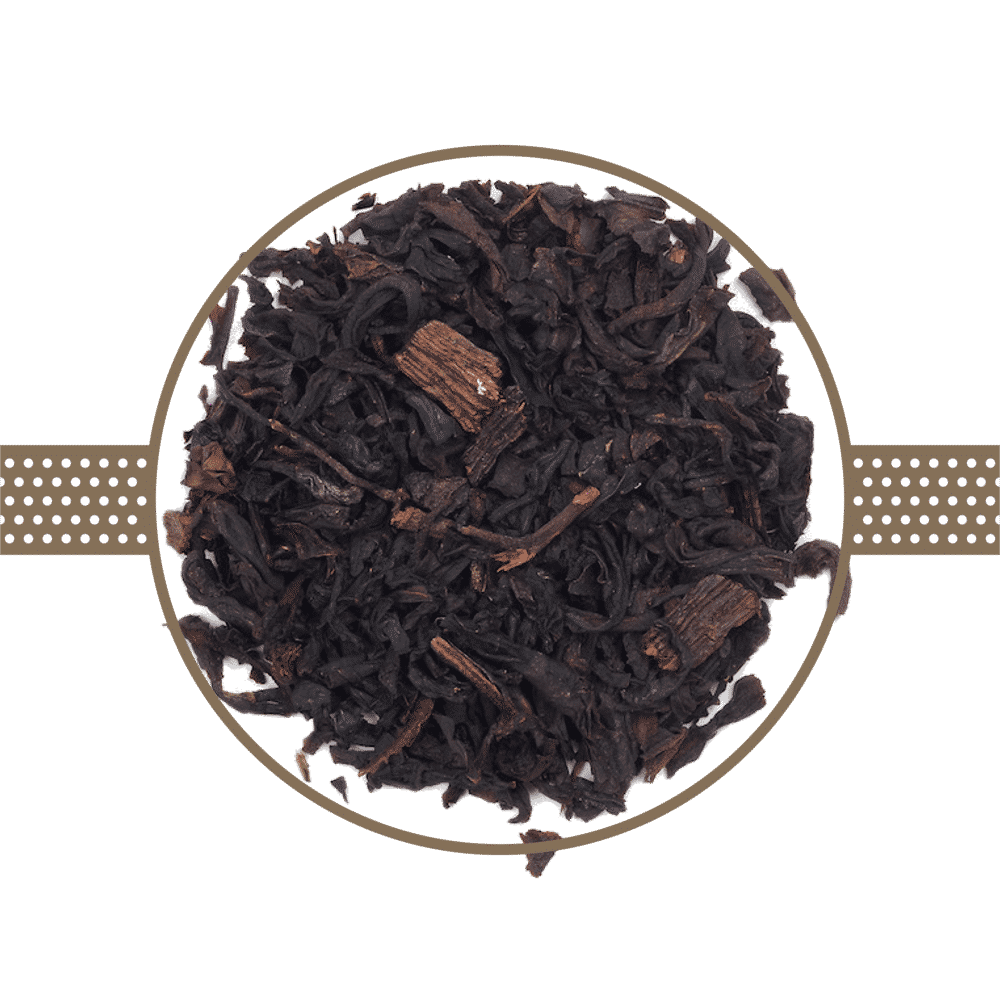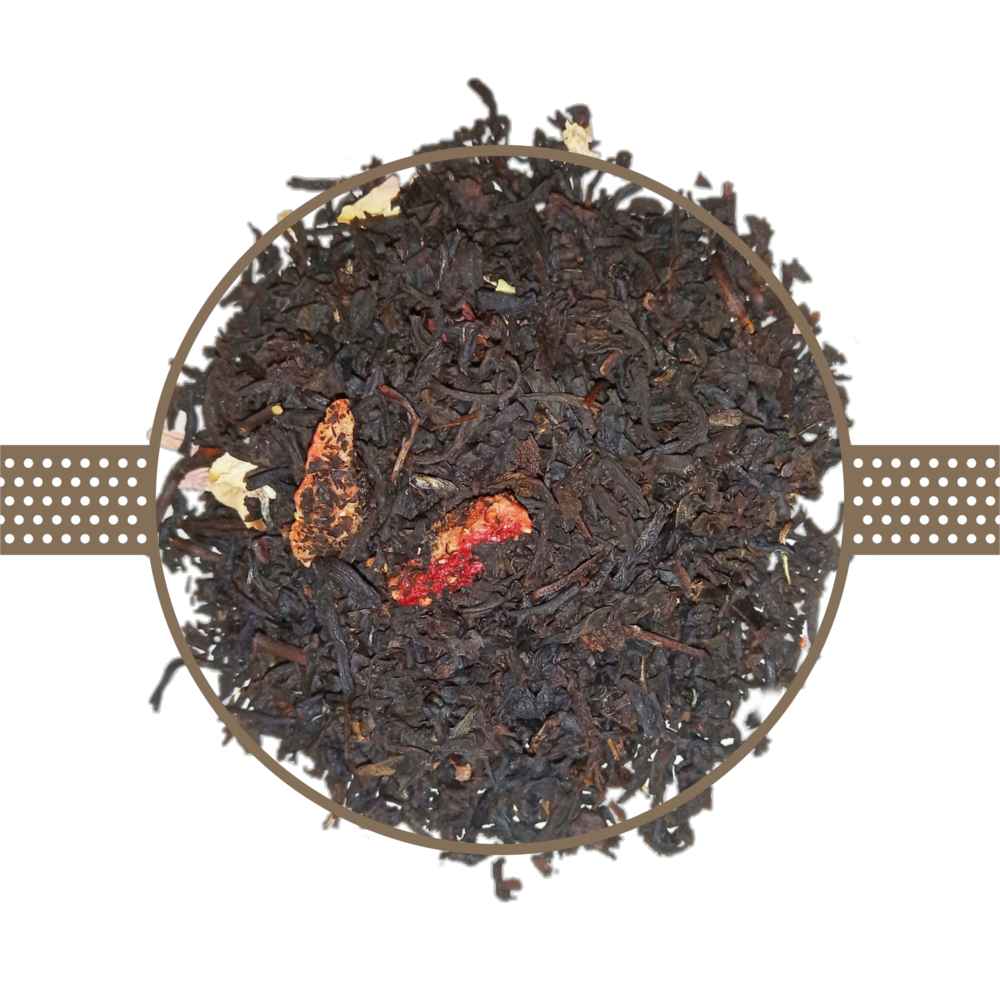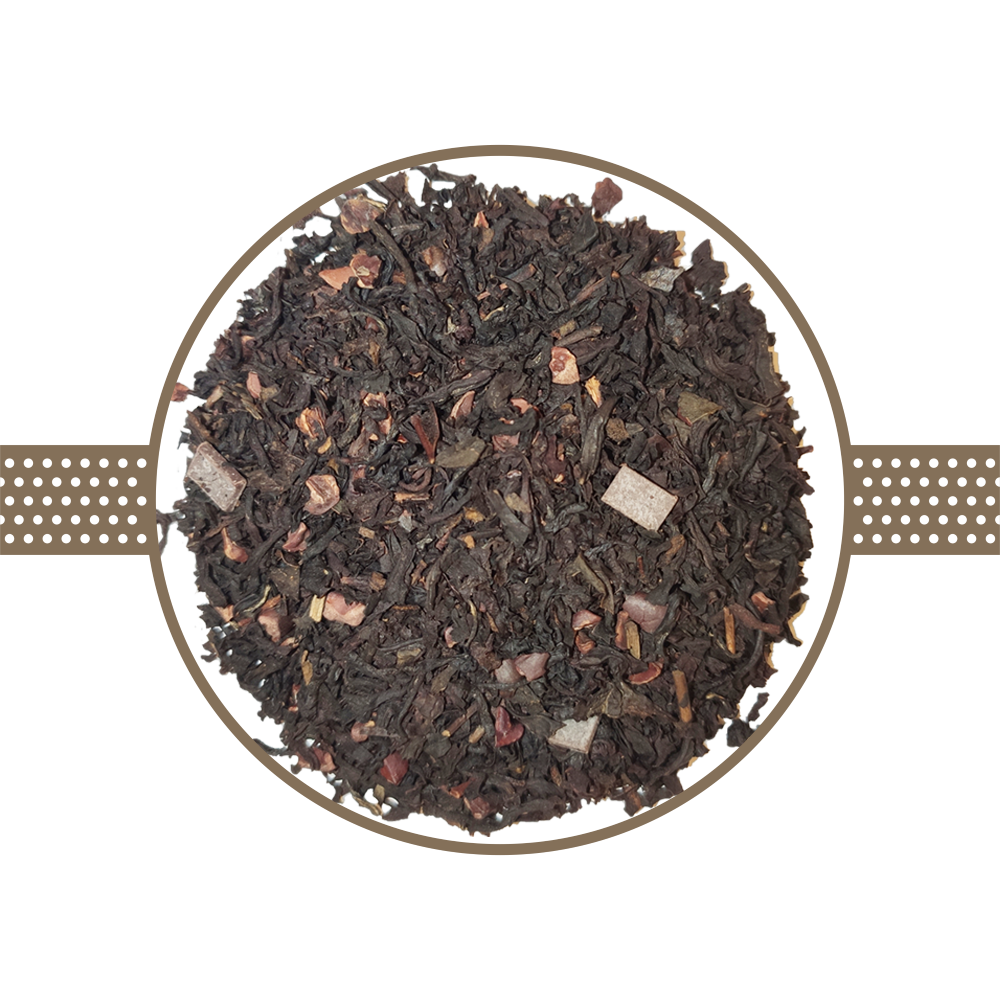Gunpowder green tea is one of the world’s most exported teas. In processing, each leaf is rolled into the shape of a small round pearl.
Its English name comes from its resemblance to gunpowder grains.
In China, this rolling method is not used very often for green tea. However, it is easier to find some green teas produced using this method outside China, for example in Vietnam, Taiwan or Korea.
The unusual thing is that this processing is generally used for very fine teas because it is done by hand.
In the case of China Gunpowder tea, which on the other hand is a more common type of green tea, there are special machines that pellet the tea leaf.
Conventional Gunpowder tea is rolled into very small dark green balls. The organic variety, on the other hand, comes in grainier, olive-green balls.
How to Prepare China Gunpowder Green Tea
China gunpowder is a caffeine-rich, intense and very tasty tea. Its colour in the cup is golden yellow.
For the initial infusion, we recommend 75/80° water for about 2 minutes, followed by 2:30 minutes for the second time.
The recommended amount is 4 or 5 g per 175 ml (cup).
China Gunpowder Plays an Important Role in Moroccan Ceremonies
China Gunpowder green tea is exported to the Maghreb where it is used in the preparation of traditional North African mint tea.
The Moroccan tea ritual is at the centre of every social gathering, from a neighbour’s visit to the gatherings of politicians and nobles.
For preparing the famous Moraccan Mint Tea, during the brewing process fresh or dried mint is added to the pot together with sugar or honey. Sometimes the drink is enriched with toasted pine nuts and saffron pistils.
History and Origin of China Gunpowder Green Tea
Originally called pearl tea, gunpowder tea dates back to the Tang Dynasty in the 7th century.
However, it wasn’t until the 19th century that it made its way outside of China and firstly to Taiwan.
The tea was named Gunpowder Tea by a British clerk who noticed the tightly rolled leaves resembled gunpowder grains.
The name may also originate from the fact that a tightly rolled grey-green leaf “explodes” when steeped in hot water into a long leaf.
In addition, the smoky flavour of the tea might have contributed to its name.
Also, there is the possibility that the English name originated from the Mandarin Chinese term for ‘freshly brewed’, gāng pào de which sounded like “gunpowder” in English.
China Gunpowder Cultivation
Pingshui in Zheijing Province is where gunpowder tea was first produced.
Tea leaves were collected from neighboring areas and refined in Pingshui town factories before being exported overseas.
Gunpowder from Pingshui became very popular abroad, so the town became known as “gunpowder’s hometown”.
In the period 1843-1894, there was a peak in exports of gunpowder green tea, reaching 10,000 tonnes.
During that period, China gunpowder prices at the London tea market were second only to Wu Yi Oolong tea, another favorite Chinse tea among Europeans.
Currently, gunpowder is produced throughout southeast China, but Zhejiang province remains the largest producer.


